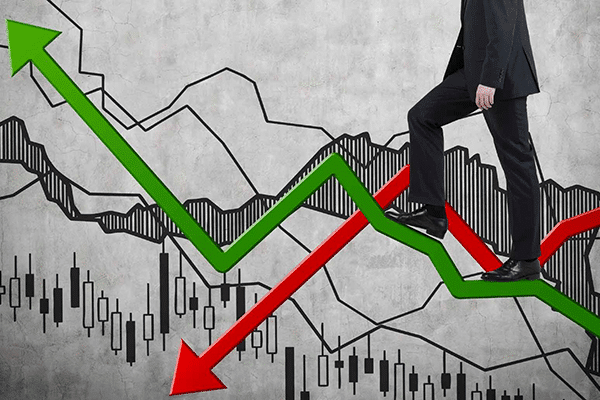
Let’s Talk Market Volatility
Let's Talk Market Volatility
Market volatility refers to the degree of variation or fluctuation in the price of a financial asset or market over time. It is a measure of the speed and magnitude of price changes, reflecting the uncertainty and risk associated with trading or investing in that asset or market. Here are key points to understand market volatility:
1. Price Fluctuations: Volatility is characterized by rapid and substantial price movements in both upward (bullish) and downward (bearish) directions. Assets with high volatility can experience significant price swings over short periods, while low-volatility assets tend to have more stable and predictable price movements.
2. Causes of Volatility: Market volatility can be influenced by various factors:
• Economic Data: Releases of economic reports, such as employment figures, GDP growth, or inflation data, can impact market sentiment and drive volatility.
• Geopolitical Events: Political instability, trade tensions, or unexpected geopolitical developments can lead to market uncertainty and volatility.
• Company Earnings: Quarterly earnings reports and guidance from publicly traded companies can cause volatility in their stock prices.
• Market Sentiment: Investor sentiment, fear, and greed can drive buying or selling activity, contributing to market volatility.
• External Shocks: Natural disasters, global health crises, or major regulatory changes can also trigger volatility across financial markets.
3. Volatility Index: The volatility of a market or asset class is often measured using volatility indices such as the VIX (CBOE Volatility Index) for the stock market or the VIXO (Volatility Index Options) for cryptocurrency markets. These indices provide insights into investor expectations and market risk perceptions.
4. Impact on Investors: Market volatility can present both opportunities and risks for investors:
Opportunities: Increased volatility can create trading opportunities for investors looking to capitalize on short-term price movements or implement strategies like volatility trading.
Risks: High volatility also increases the risk of sharp price declines or market corrections, leading to potential losses for investors who are not prepared for market swings.
5. Volatility Management: Investors and traders often use risk management strategies to navigate volatile markets, such as diversification, stop-loss orders, hedging with derivatives, or using volatility-based indicators and models to guide their investment decisions.
6. Asset Class Volatility: Different asset classes exhibit varying levels of volatility. For example, stocks are generally more volatile than bonds, while cryptocurrencies are known for their high volatility compared to traditional assets.
Conclusion
Overall, market volatility is a natural characteristic of financial markets driven by a combination of economic, geopolitical, and psychological factors. Understanding and managing volatility is essential for investors to make informed decisions and mitigate risks in their investment portfolios.
Are you a beginner in the crypto world and seeking how to trade cryptocurrencies - Visit h2crypto.io
H2cryptO is one of the leading cryptocurrency exchange platforms, offering live 24/7/365 support.
If you are an advanced trader, H2cryptO offers charting capabilities with both market and limit orders.
Need to know more about why H2cryptO is the right exchange platform? Navigate to our help center page to learn more.
This blog post is for informational purposes only and, in no way, should be construed as investment advice.
